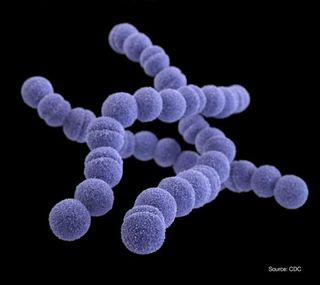How did the discovery of DNA prove that Darwin’s theory of evolution was correct and how does it change the way we view evolution today and into the future?
Darwins theory of the tree of life states that all living creatures come from a single ancestor which then over billions of years adapted and evolved into the creatures we know today. The only problem with his theory was that he lacked more evidence at the time.
With the help of modern science we can now take a closer look at DNA and find mutations giving us definitive proof of evolution. We can read through DNA sequences to find how similar animals are with each other and what causes them to evolve.
For example, if we look at the rock pocket mice we can see how mutation and natural selection happens.
Though being the same species of mice, there colour changes depending on where they live. On the sandy part of the dessert there colour is a dusky orange vs on the volcanic dark rocks of the desert there colour is much darker which helps them camouflage against the environment.
Scientists looked at the DNA of the mice to find out how this mutation occurred, they found out that both mice had identical DNA except the darker coloured ones had a switch in there DNA which caused the dark colouring to be active.
The reason that the dark mice stay on the darker areas and vice versa is caused by natural selection, the lighter coloured mice where unable to camouflage in the area and where killed, which is why only the darker mice with the active switch survived in the volcanic areas.
With the help of modern science we where able to identify the mutation in the mouses genes that caused the dark colouring and why it stayed in certain areas of the desert only.
Another example on how modern science and Dna helped prove darwins theory is the tiktalik fish:
Modern science also helped us discover more about how we are all connected in the tree of life. Scientists where able to find the fossil of the tiktalik fish. The oldest ancestor to all 4 limbed animals.
Using modern science they where able to see the fragments of what the beginnings of hands which soon evolved into what we know today.






 Another example of a member of the Fungi Kingdom is the
Another example of a member of the Fungi Kingdom is the





